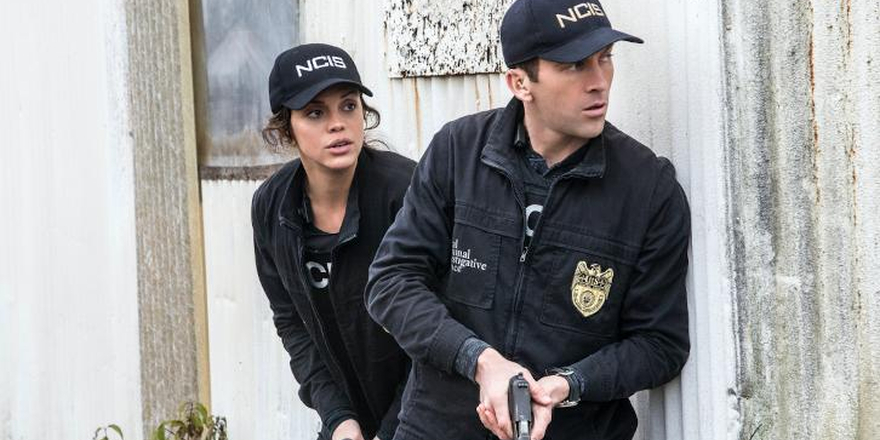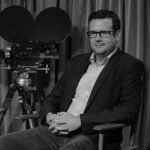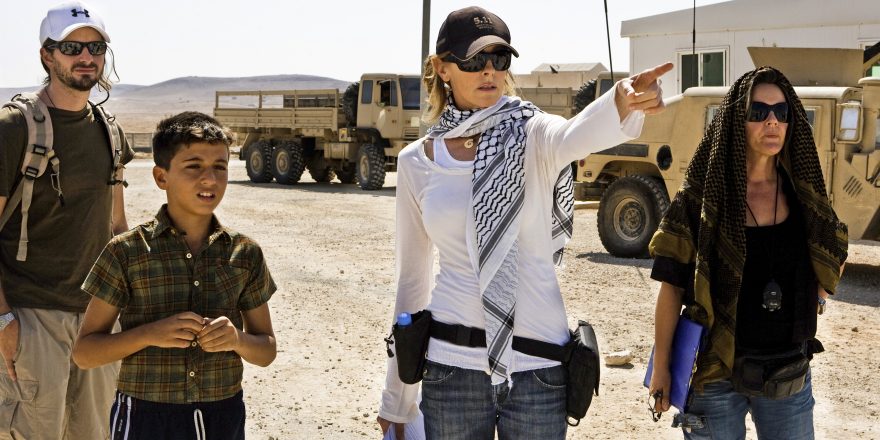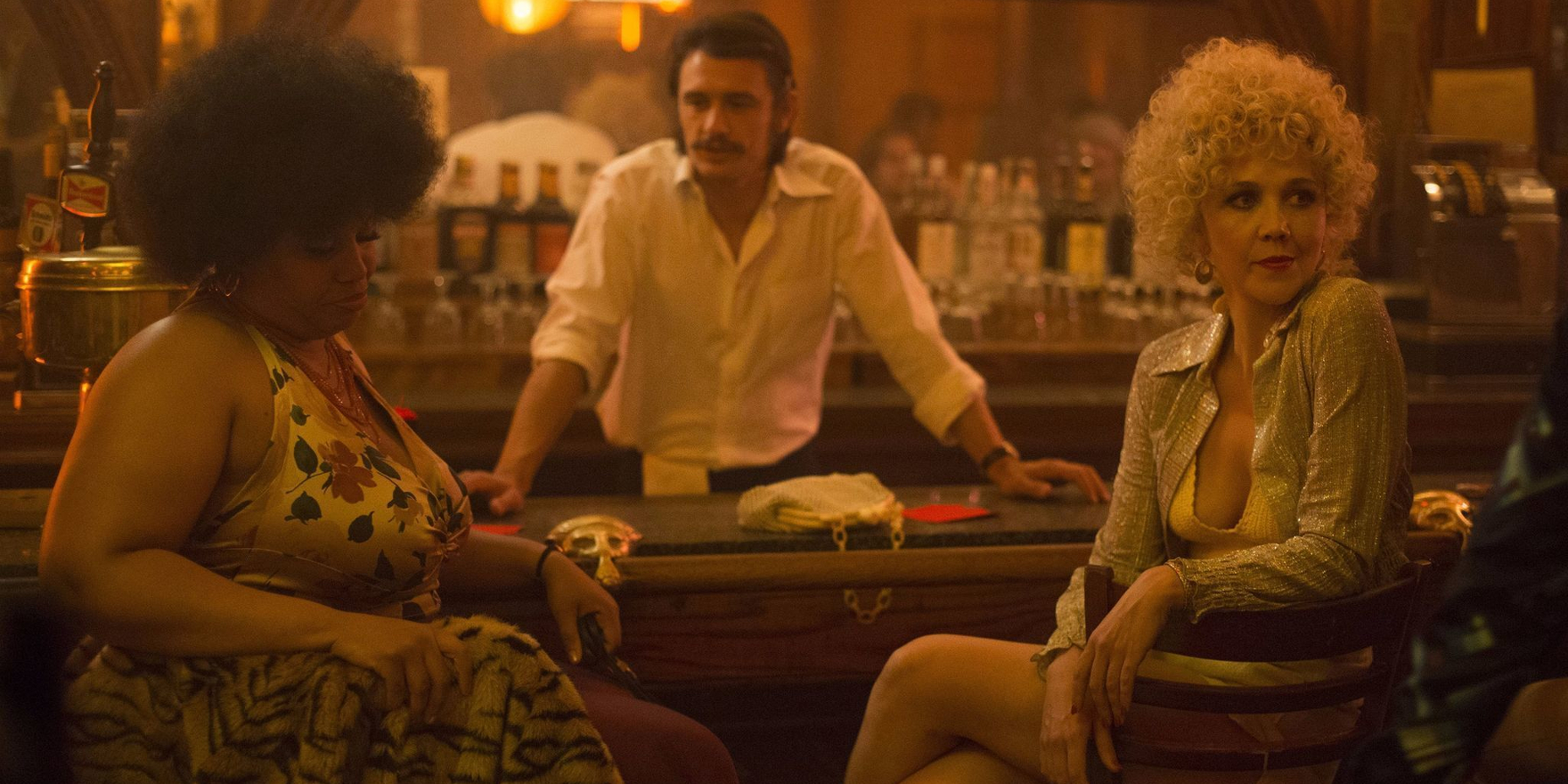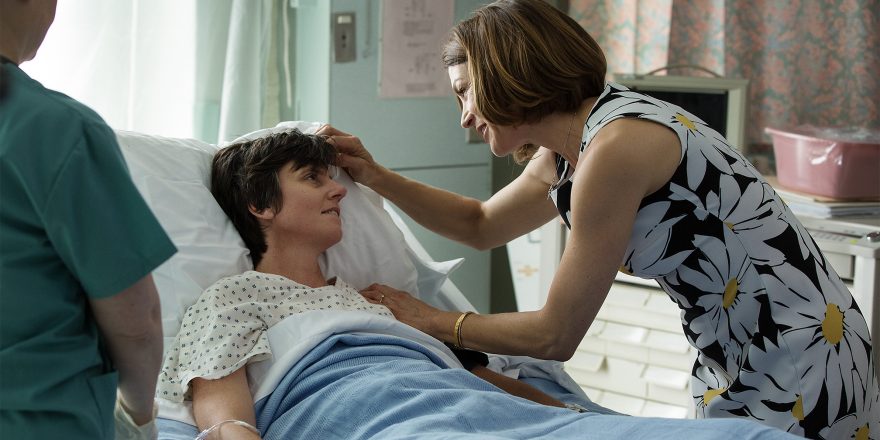The best piece of action filmmaking I saw this month wasn’t Black Panther or the new Tomb Raider – in fact, it wasn’t on the big screen at all. It was the “The Last Mile” episode of NCIS: New Orleans (above), in which director Stacey K. Black takes Chad Gomez Creasey’s propulsive script about a series of truck heists and turns it into an hour-long master class in how to create tension and excitement with the camera. The episode opens with a beautifully directed pursuit that earns comparison with the classic car chases of Bullitt and The French Connection and climaxes with an equally dynamic set piece in which intersecting lines of action build to an exhilarating, jaw-dropping payoff – a spectacularly visceral stunt that Black stages for maximum impact. In between, Black proves to be as accomplished at intimate moments of combat in tight spaces as she is at large-scale spectacle, and as sensitive with her actors as she is aggressive with her kinetic fight scenes. It’s the kind of direction that used to be more frequent when filmmakers like Walter Hill, John Badham and Richard Donner were each cranking out a movie every year or two. These days it’s a lot rarer, which makes Black’s talent all the more valuable and worthy of attention.
I first became aware of Black’s work when I saw her “Mind Palace” episode of the tragically canceled Stitchers, which for its three seasons on Freeform was one of the most original and underrated series on television. An audacious combination of sci-fi, procedural and relationship dramedy, Stitchers took cues from the visual styles of Joe Dante and Stanley Kubrick to generate consistently arresting images with more depth and texture than one generally finds on the top premium cable networks, let alone on a relatively low-budget show geared toward teens. Several of my favorite episodic directors, such as Norman Buckley, Rob Greenlea and the aforementioned John Badham, did superb work on the series, but even by Stitchers’ high standards Black’s episode is exceptional. The script, by Lynne E. Litt and Miguel Nolla, is packed with incident and psychology; it juggles no fewer than four significant relationship storylines that weave in and out of the main mystery plot involving a murdered MI6 agent. A script so abundant in its pleasures is a gift to a director, but it’s also filled with pitfalls – in all but the most precise hands, it risks deteriorating into baffling incoherence.
Black keeps all the moving parts in perfect balance, clearly and concisely laying out multiple pieces of information in layered frames that contain a lot of details yet never risk confusing the audience. One key to Black’s achievement here as well as in other shows is her vivid, expressive use of color; in her Stitchers episode, the “Packing Peanuts + Fire” episode of MacGyver, and elsewhere, she frequently assigns strong and distinct palettes to specific characters and settings in an effort to keep the audience acclimated. The result is not only narrative clarity but an aesthetic approach more typically found in Technicolor films of the classical studio era than in network procedurals. Yet what makes Black brilliant is that she knows when to amp up the action, when to show restraint, and has an unerring instinct for which character’s perspective should be the anchor of any given scene. She’s also just damn good at nuts-and-bolts craft when it comes to eliciting a physical response from the audience; a scene late in “Mind Palace” in which an armed bad guy emerges from behind a desk made me literally jump in my seat thanks to Black’s clever misdirection with both her camera and blocking, and almost every episode I’ve seen of hers across a variety of shows contains at least one such moment.
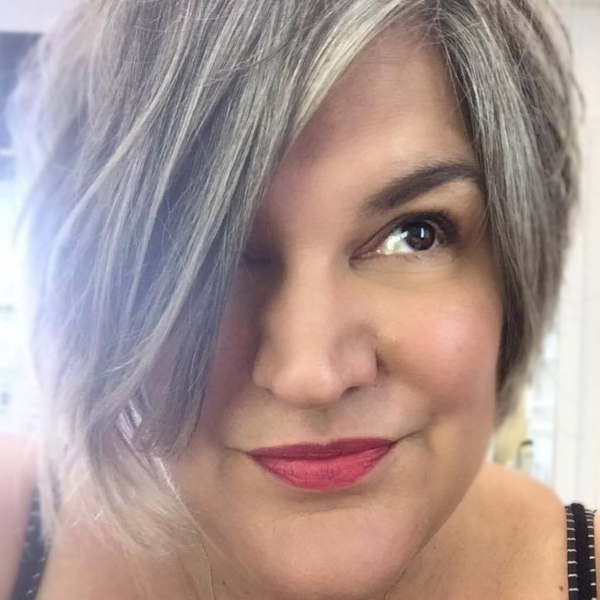
The deft shifting from one storyline to another and one style to another that’s evident in her Stitchers episode, which veers from action to romance to impressionistic and hallucinatory science fiction, extends to Black’s career as a whole. Though she generally works in the procedural genre, where she got her start on episodes of The Closer, within that framework she’s shown impressively broad range. MacGyver and Major Crimes, for example, contain a fair amount of ensemble comedy that Black handles with perfectly calibrated timing – she takes banter that could come across as corny or forced and conveys a genuine sense of warm camaraderie. Finding the truth in the kinds of scenes you have to direct on a weekly basis on TV crime shows is no easy feat, but Black makes it look effortless. Even when executing a scene that we’ve seen in a hundred other action movies, like the perennially overused Mexican standoff, she transcends cliché via an adept manipulation of point of view and sensitive direction of the actors. I have no idea how she works with her performers or what she says to them, but somehow they come across as more lively and honest in her episodes than they sometimes do under other filmmakers’ direction when going through the motions of their procedural dialogue. Even Black’s expository scenes crackle with energy.
And she keeps getting better. The 2017-18 TV season has contained much of Black’s best work to date, as she’s fully embraced the resources available to her on shows like NCIS: New Orleans and Macgyver to design increasingly elaborate action sequences and exploit her knack for bold color and compositions in depth. Episodic television is a somewhat thankless arena for directors of Black’s distinction, in that part of the job is to be unassuming and hidden – the producers of successful series don’t want too much in the way of personal expression, they want directors who can adapt to the visual grammar that’s already been established. Black is great at this – her episodes never feel apart from the series to which they belong – yet she’s figured out how to give each show just a little more authenticity, vitality and flair than their formulas demand. Directing for TV is a largely anonymous, invisible job compared to that of helming features, but its opportunities for those who know how to bend the system to their will are considerable. Black is one of those people – she’s the best action director you’ve never heard of.


